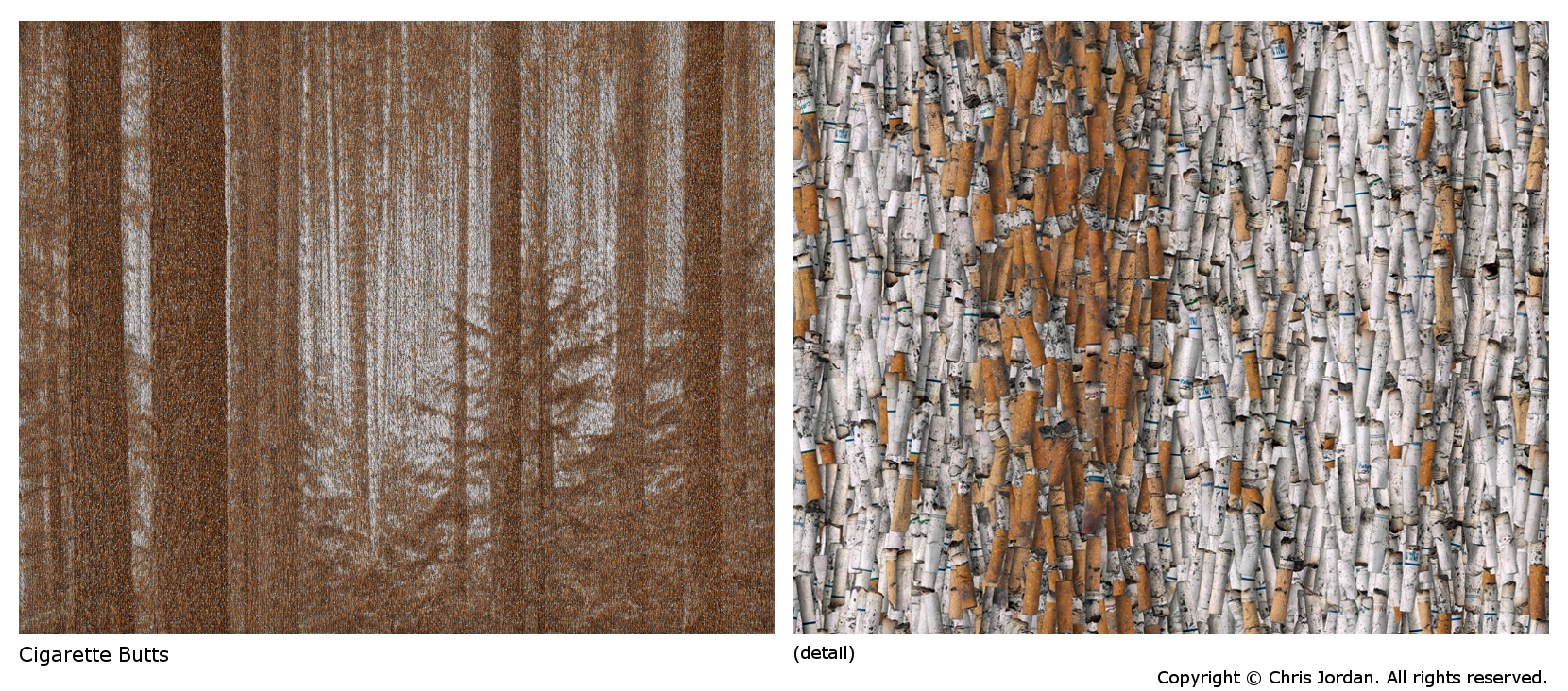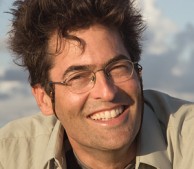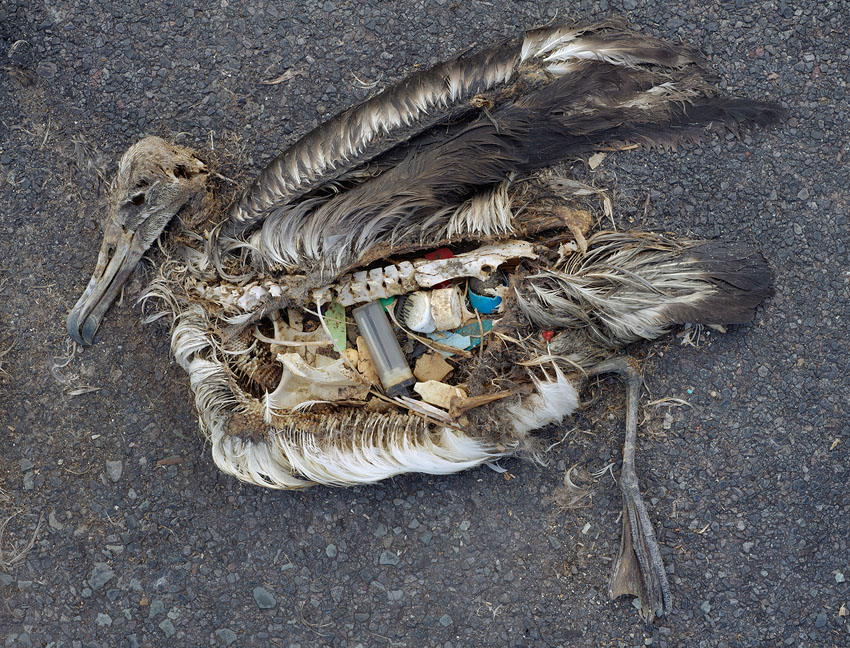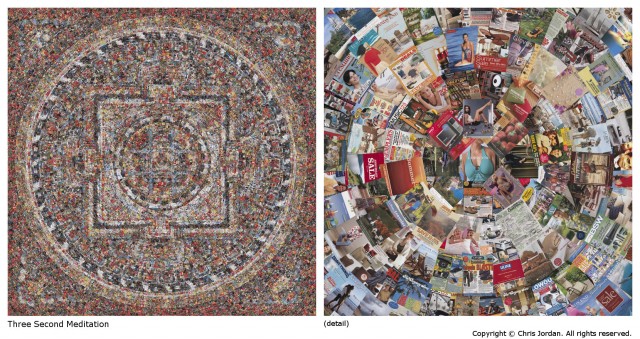Facts and figures may help us quantify our collective footprint on the world, but they don’t necessarily make us care about it. Spurred by this sense of detachment, photographic artist Chris Jordan struck out on an impassioned quest to imbue some of these cold, hard numbers with deeper meaning.
Through photographs that are eye opening or heartbreaking -- or both, Jordan depicts the collective impacts of human activities on our society and environment. In his acclaimed “Running the Numbers” series, he dissolves the barriers between art, science, and math by turning staggering statistics about mass consumption into intricate, large-format images assembled from thousands of smaller photographs. From plastic pollution to fuel consumption to high school dropout rates, all of Jordan’s work underscores the power of visualization to help us make sense of critical issues, and evoke an emotional response that may inspire us to change the way we interact with our world.
In this intimate conversation, QUEST television host Simran Sethi talks with Jordan about the passion, purpose, and creative process behind his art, including his latest masterpiece “Silent Spring," which features 183,000 graphite bird illustrations: the estimated number of birds that die every day in the United States from exposure to agricultural pesticides (pictured above in video thumbnail).
Despite the fact that Sethi was in Istanbul and Jordan was in his Seattle studio, we were able to capture their discussion on video via Google Hangout. Below are a few exchanges from their long-distance conversation.
Sethi also explores other stories about the intersection of art and the environment in this new QUEST television program, which features the breathtaking imagery of Great Plains photographer, Mike Forsberg.

SS (Simran Sethi): Chris, you have been my friend and my inspiration for years, and that’s largely because of the incredible integrity of your work. How would you describe your photography?



